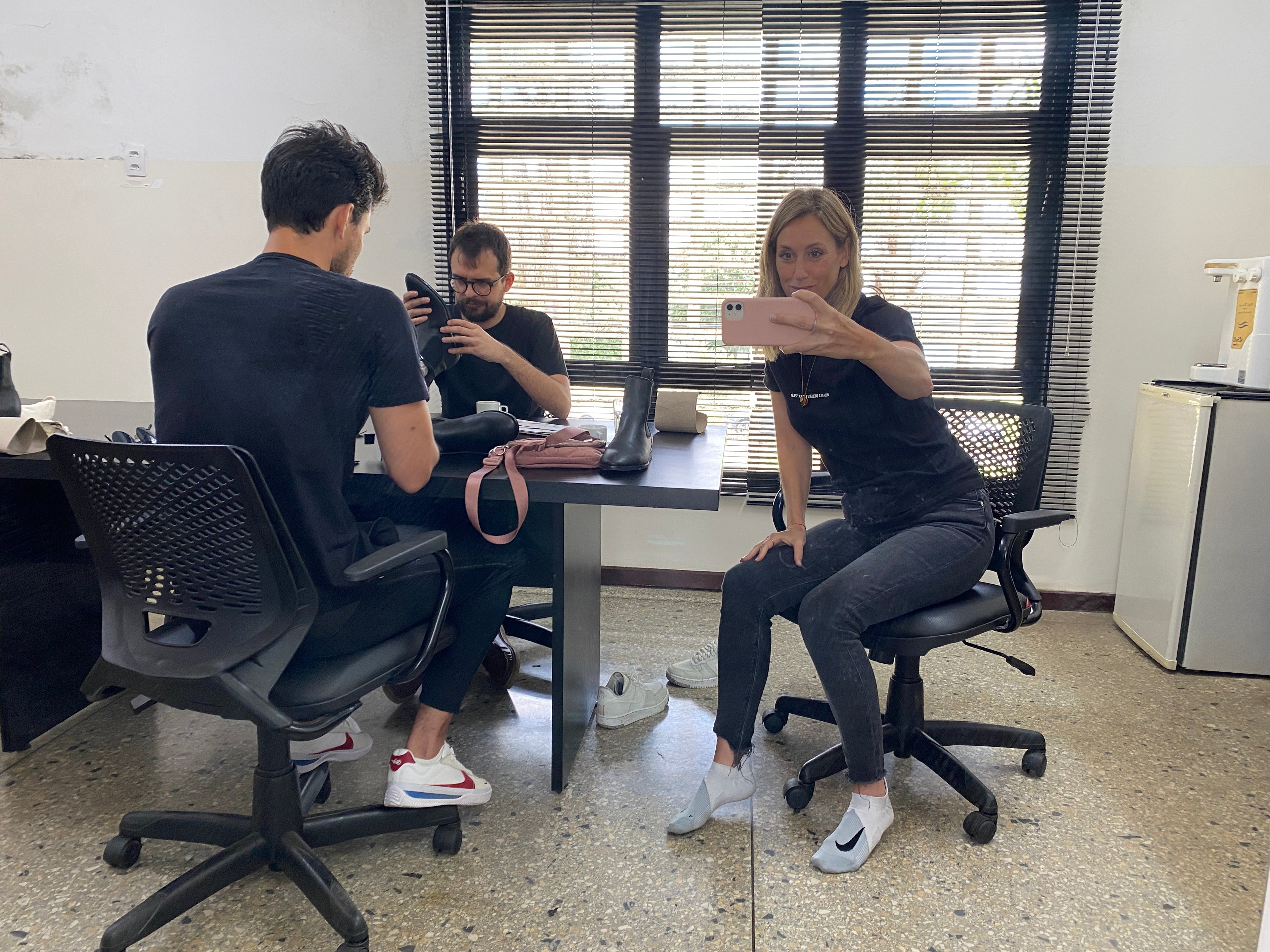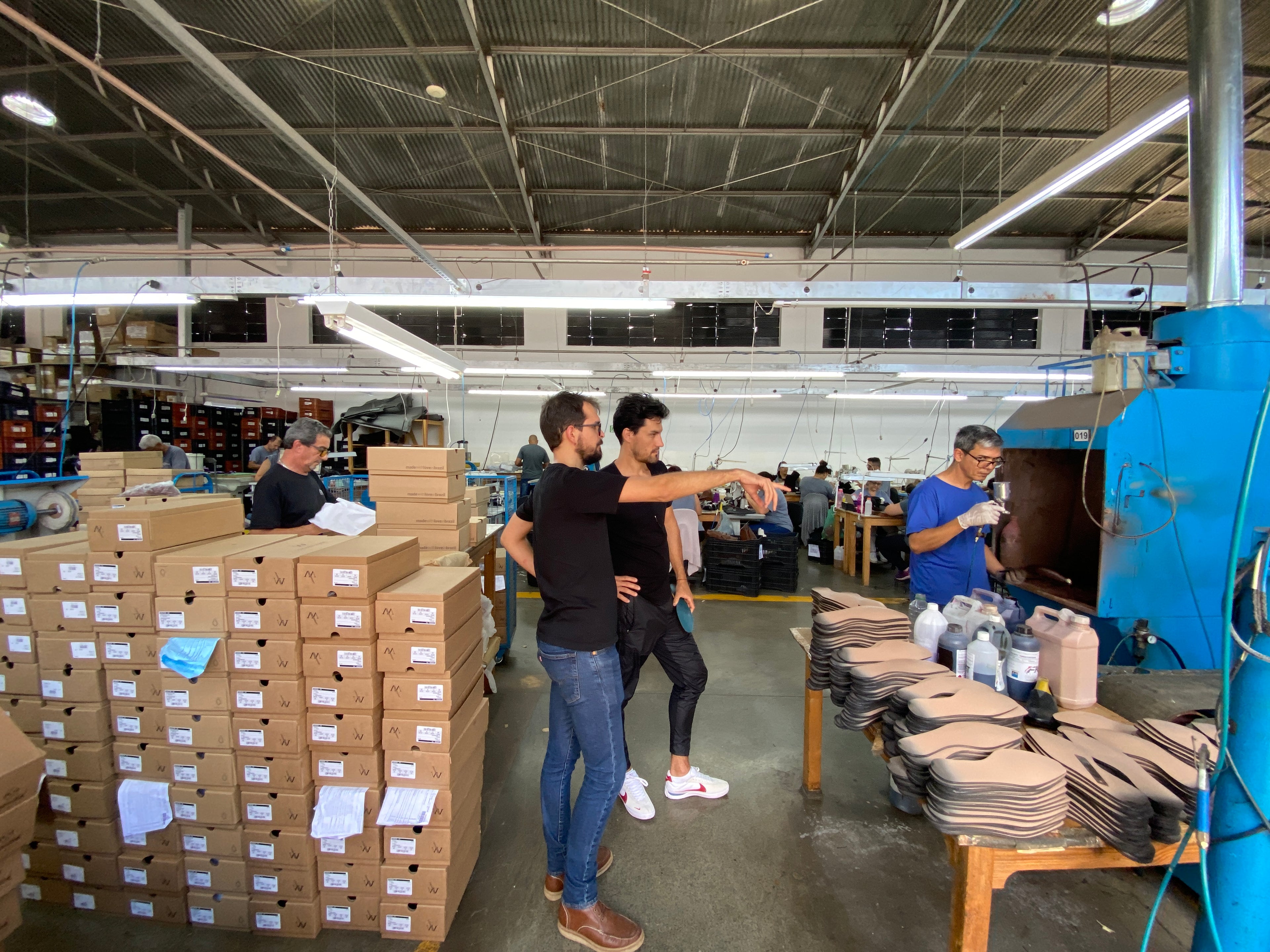Today, on Earth Day, we’re peeling back the layers on something most of us don’t realize: our closets are full of plastic.
From polyester blouses to synthetic sneakers, much of what we wear is made from petroleum-based fibers that don’t break down; and they’re (not so) quietly polluting our oceans, our soil, and even our bodies.
Let’s start with the truth, and then we’ll show you how to change it.
10 FACTS That Will Change the Way You Look at Your Wardrobe
- One garbage truck’s worth of plastic is dumped into our oceans every minute
- Over 60% of global clothing is made from plastic-based fibers like polyester, nylon, and acrylic.
- Washing synthetic clothes releases microplastics - up to 700,000 fibers per laundry load
- Polyester takes over 200 years to break down in landfills.
- Synthetic textiles are the #1 source of ocean microplastics
- Even “recycled polyester” continues to shed microplastics when worn or washed.
- Fast fashion churns out up to 52 “micro-seasons” per year, driving constant plastic production.
- 73% of clothing ends up in landfills or incinerated, where plastic-based fibers either pollute the soil or release toxic fumes.
- Microplastics have been found in our food, our water—and our blood
- The fashion industry is a top contributor to both plastic waste and climate change.
The good news is, you have the power to change this...
5 STEPS to REMOVE PLASTIC From Your Closet
1. Choose Natural or Plant-Based Fibers. Look out for:
- Organic cotton
- Hemp
- Linen
- TENCEL™
And innovative options like cactus leather and corn leather, used in all Voes & Co shoes. Why? These materials are biodegradable, breathable, and kind to the planet.
2. Wash Smarter
Did you know washing synthetic clothes is one of the biggest sources of microplastic pollution? You can reduce this by:
- Washing in cold water
- Using a Guppyfriend Bag or Cora Ball
- Skipping unnecessary washes
- Air-drying instead of tumble drying
3. Shop Slow, Not Fast
Fast fashion thrives on plastic-based materials and overproduction. Choose:
- Quality over quantity
- Timeless designs over trends
- Ethical brands (like us!) using plastic-free, cruelty-free alternatives
- Every purchase is a vote for the future you want.
4. Read the Label
Before you buy, check for these plastic-based fibers:
- Polyester
- Nylon
- Acrylic
- Spandex
If it sounds synthetic - it probably is. Choose 100% natural fabrics, or plant-based innovations.
Even many “vegan” leathers are just plastic. At Voes & Co, we use bio-based leather made from cactus and corn—because true sustainability doesn’t hide behind greenwashing.
5. Make the Most of What You Already Own
The most sustainable garment is the one you already have.
- Repair what’s broken
- Swap with friends
- Sell or donate pieces you no longer love
- Shop secondhand when possible
If and when you do buy new... buy better.
______________________________
Voes & Co: Plastic-Free Fashion, Reimagined
At Voes & Co, we believe style should never come at the cost of the planet.
Our vegan shoes are crafted with next-generation plant leathers, handmade in ethical facilities, and designed for the conscious, modern woman who wants to walk lighter on this Earth.
Ready to take the next step?
Explore our collection → https://voesandcompany.com/collections/all
Check out our BEST SELLER: https://voesandcompany.com/products/vegan-chelsea-boots
Follow us on Instagram for tips, inspiration, and behind-the-scenes magic: @voesandco
Or subscribe and join our conscious community for weekly insights into ethical fashion and sustainable living.
This Earth Day, let’s do more than talk about the problem, let’s wear the solution!


